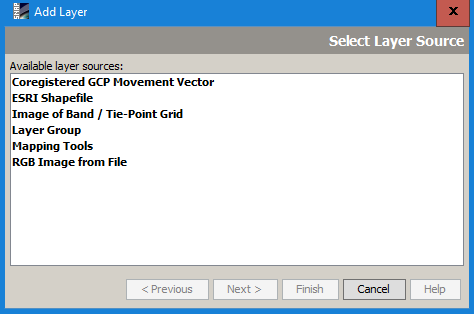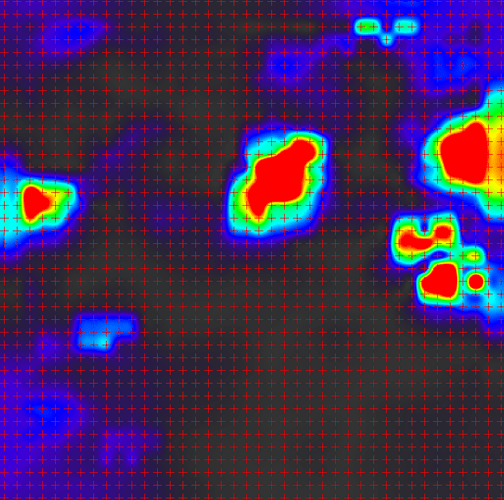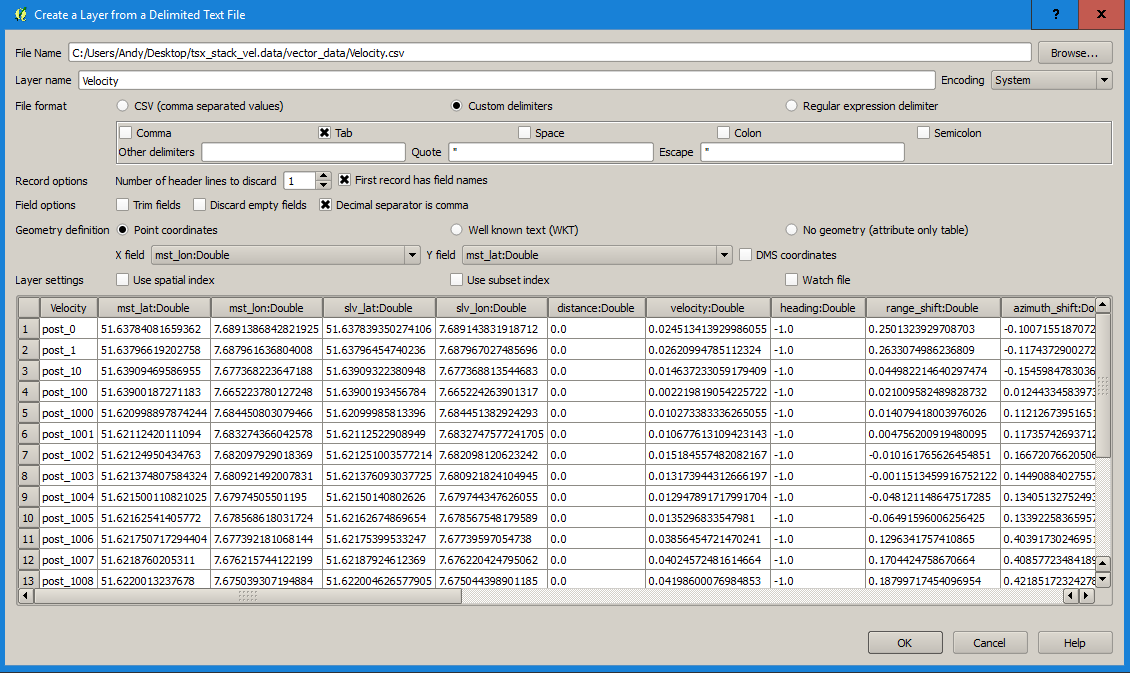The “Coregistered GCP Movement Vector” does not display the results of the offset tracking tool. It shows the shift of the slave image resulting the coregistration and was already created before the offset tracking.
If this is your velocity map, the red crosses indicate where the displacement vectors are located
But you are right, there is no longer a map element for the results:

You can however open the generated file velocity.csv (in the data folder > vector data) in a GIS and display it based on the attribute columns:


